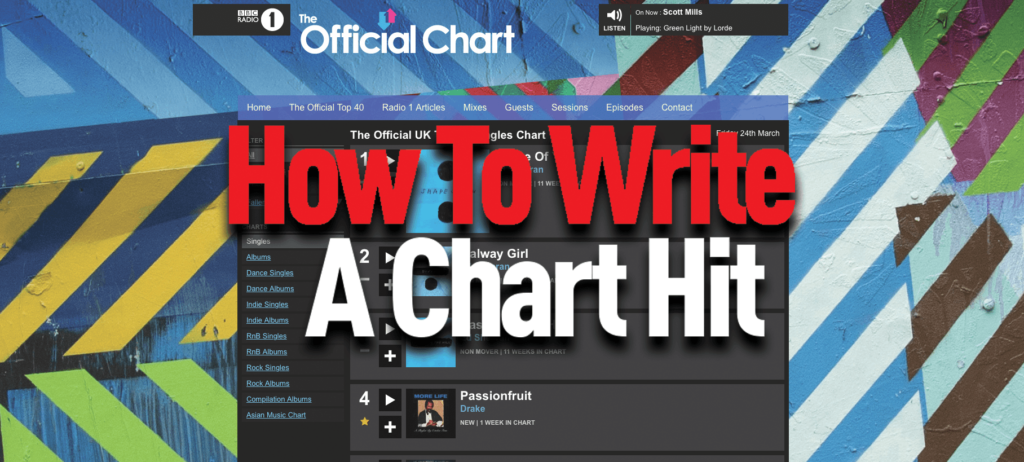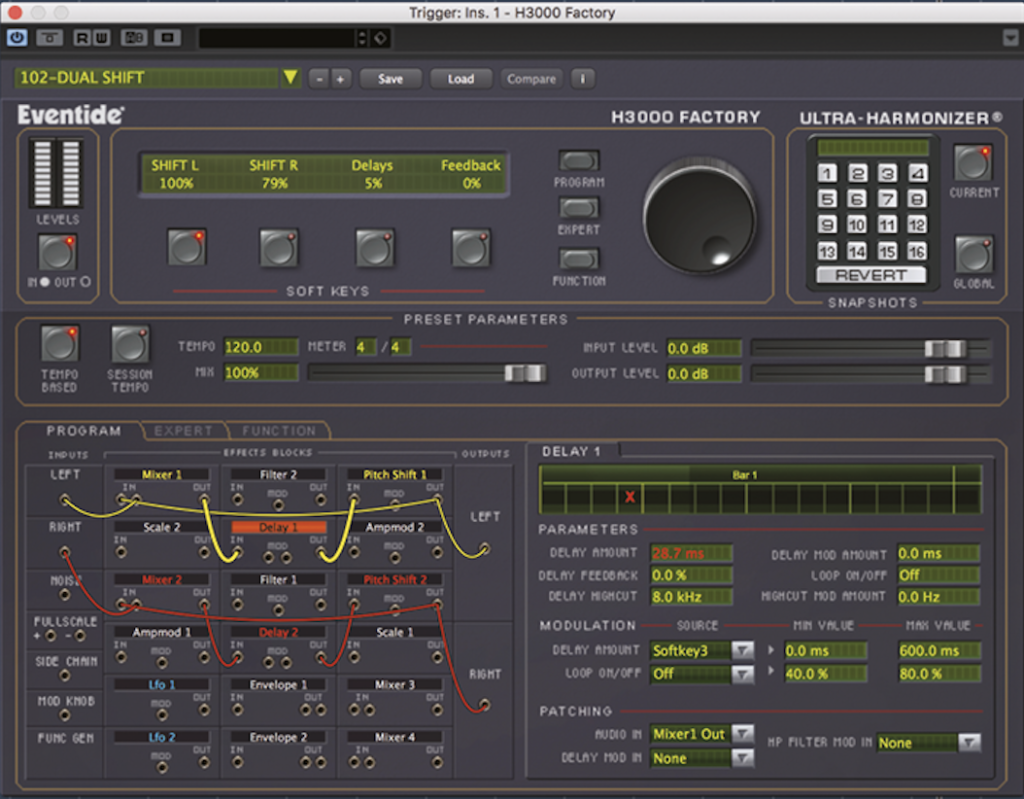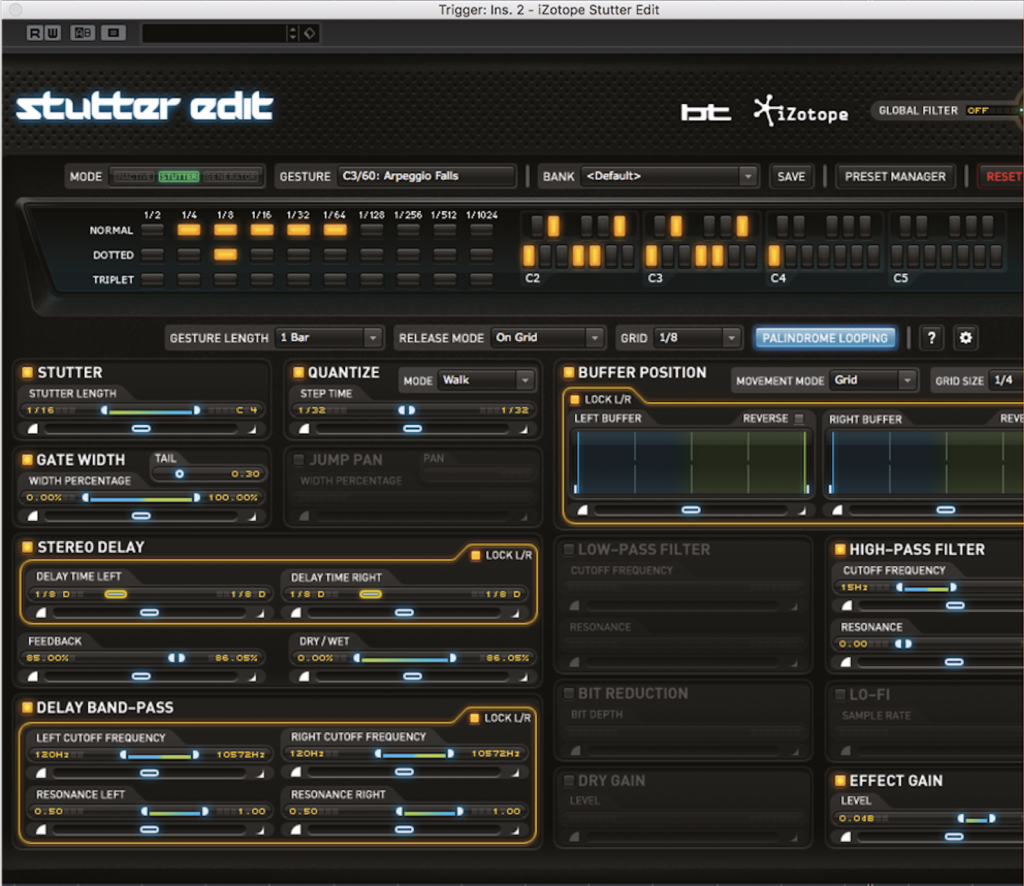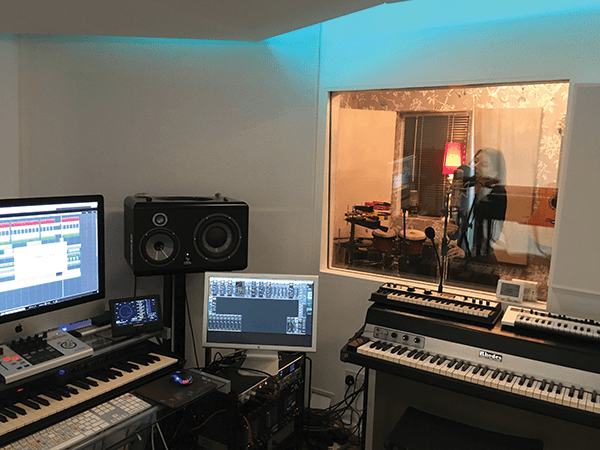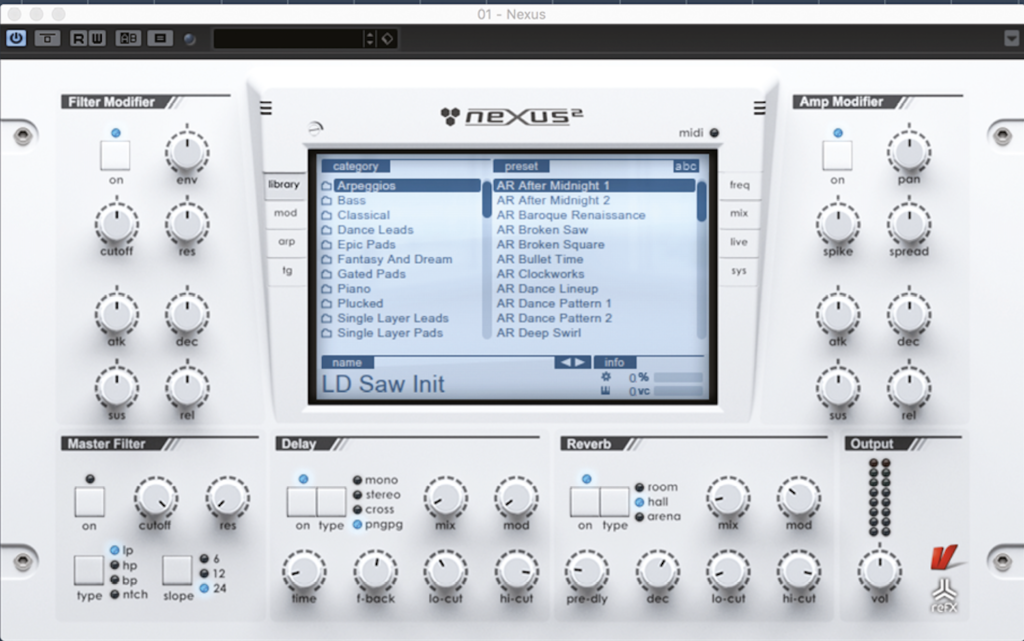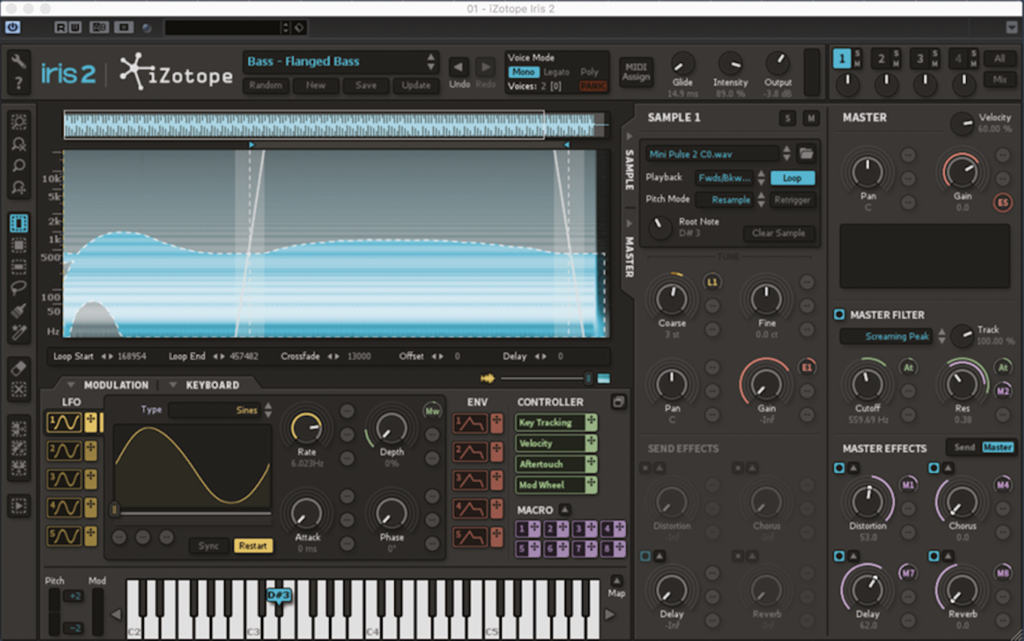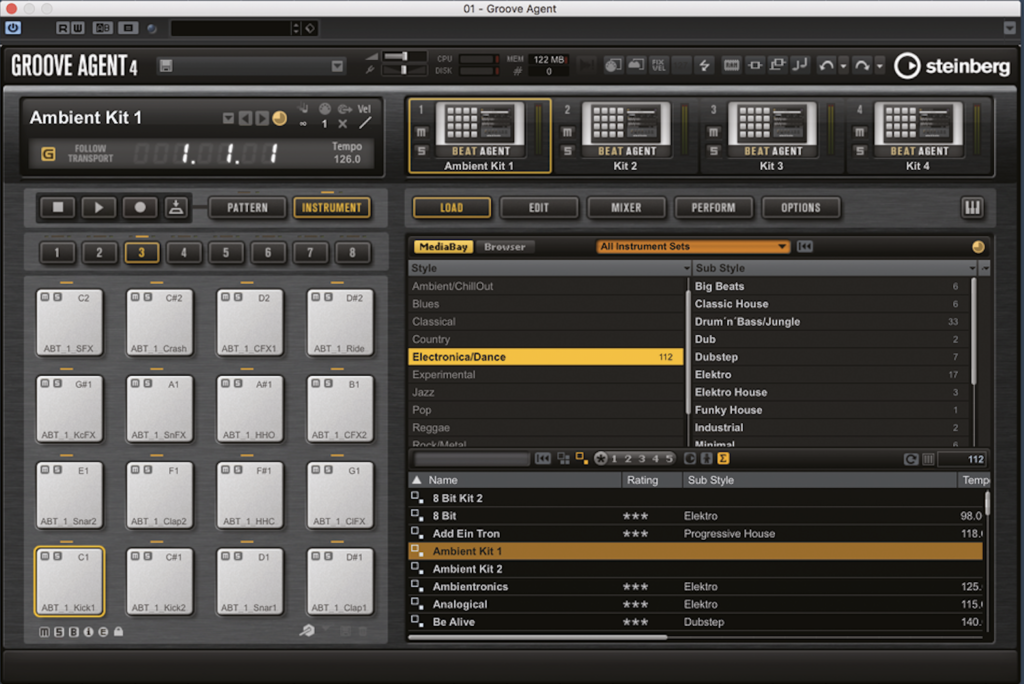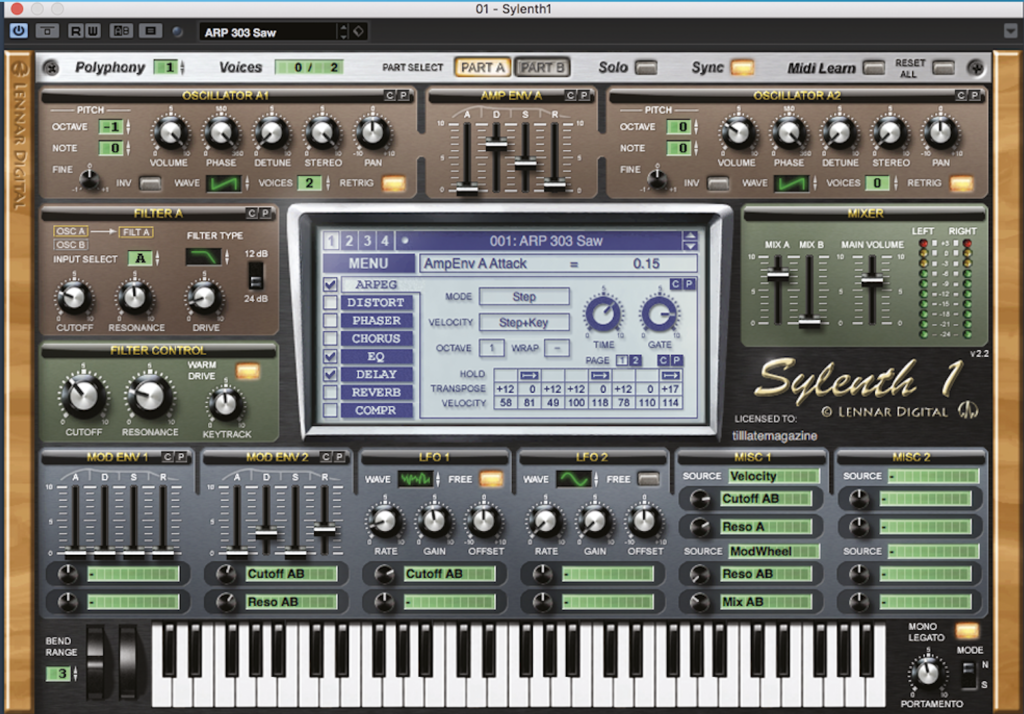Everything You Need To Know To Write A Chart Hit
If you thought landing a No.1 was impossible, think again! We cover some of the production tips and writing tricks you can use to secure chart status in the first in a new series on writing a chart hit… So you want to write a chart hit? The good news is there are many charts […]
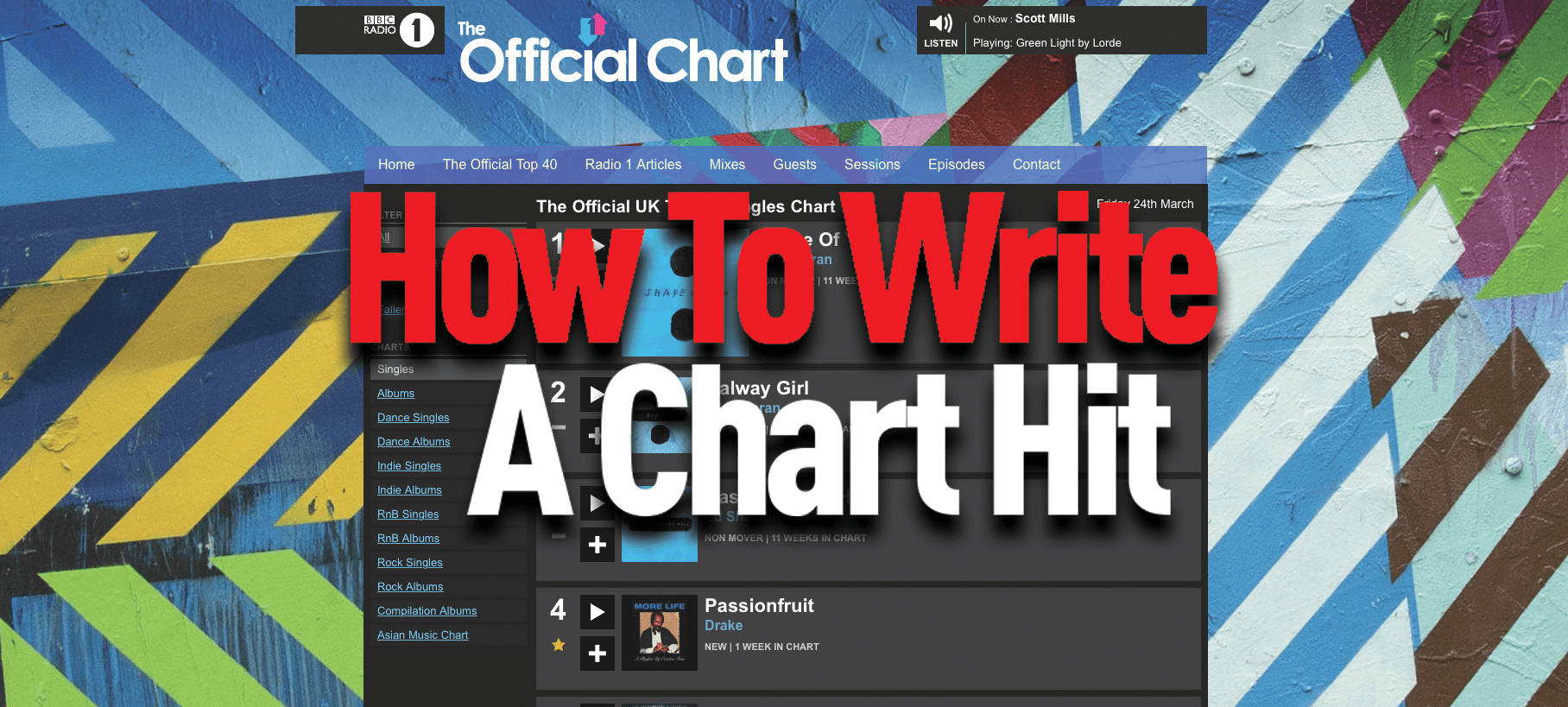
If you thought landing a No.1 was impossible, think again! We cover some of the production tips and writing tricks you can use to secure chart status in the first in a new series on writing a chart hit…
So you want to write a chart hit? The good news is there are many charts – from national to specialist online DJ charts – so with focus, good music and determination on your side, getting a chart hit is a reality. Here is a step-by-step breakdown of what to consider during the process to get you to the top.
Perhaps you have the germ of an idea or a general inkling of the type of genre that you would like to conquer, maybe you would simply love to have a chart hit and have no idea which genre to go for…
The reality is that no-one topped the charts just by being incredibly lucky. Even though some producers/artists make it look easy, they have huge dedication behind their presence. Take a step back from all your work for one minute and consider this: are you passionate about what you do? Are you going for something realistically achievable? To get true momentum going, it’s best to regroup your thoughts about your music and make a plan – see where you want to be and plot that path there.
By consistently moving in the same, musical direction, such inertia is built up that nothing can stop you! Look at your market, at the successful pioneers in your genre and who you are selling to. Achieving a specialist chart position (eg, the Beatport Glitch-Hop chart), or getting to the top of a playlist on SoundCloud, is going to take a very different plan than getting a No. 1 in the Billboard Hot 100. With Beatport, you can get on friendly terms with the DJs, building up profile and support that quickly gets you to the top. With the Billboard 100 you are most likely to get there if you are working on a production team with a major record company.
This latter route is obviously not that easy, but everything is achievable – so set yourself a realistic target for your chart conquest…
Choose your style
Sometimes, it’s all too easy to overlook the obvious! Have a listen to successful, similar tunes in your genre. You don’t want to be ripping off melody or blatantly copying the groove (especially after the Robin Thicke/Marvin Gaye court case). Instead, have a listen to the production techniques used, the types of sound and the lyrical style and use the essence of these tracks to inspire your own creation. Research the teams around successful artists, reach out to those same people and make them aware of your music. If you want to have hit in the style of an artist, contact their PR team, management and record company, collaborate with their collaborators and connect into that network. If there is no reply the first time, they will have seen your name and you will have planted a seed in their heads.
The one ingredient for a great tune that is essential above all others is ‘creative authenticity’. Anyone can see through a tune that has been ‘painted by numbers’ and made according to a formula. The trick is to make something that has passion. In the future, we are going to see a whole plethora of music designed and produced by AI, so now is the time to make inspiring music with heartfelt emotion that connects with the listeners.
Decide upon your avenue of release – if you are going for a specialist chart, have a look how they compile their data. If the figures are calculated from downloads, you will need to sell your tune online where sales count (check out www.cdbaby.com) or license to a record company with clout. Many charts are worked out from DJ reactions – in this case, employ the services of a promo company and reach out to those DJs through social digital media.
A quick thought on record companies, managers, agents etc. The emphasis is no longer on artist development, so they will not usually take on an artist and build a brand: they are all looking for a ready-developed product so they can pay their bills with the commission. To gain the interest of the industry, build up your profile, fanbase, performance income and make it a ‘no-brainer’ for them to take you on. We cover building a brand in our Raise Your Profile features at www.musictech.net, but the idea is to deliver the whole package.
Stand to attention
“The track has to stand out from everything else and have fresh and creative elements to it. It has to grab your attention. It doesn’t matter if it’s dance, pop, urban or any other style – the production has to be strong and have a solid hook of some sort (vocal or loop).” Tracey Webb (Director – Power Promotions)
3 great VST effects for hitting the charts
DAWs have a plethora of good VST effects these days. If you want to go for something really special, check out these useful tools to inspire your sound design.
Eventide H3000 Factory
This combines the pitch, delay, modulation, and filtering that made the original H3000 Ultra-Harmonizer a studio legend. Producers used this to disguise out-of-tune vocals before Auto-Tune! Great on thickening vox, guitar chorus, juicy percussion, bringing presence and stereo width. Crazy pitched delays make this a fun plug-in to inspire.
iZotope Stutter Edit
Remix sounds live, use a keyboard to trigger the FX and crush, delay and stutter your vocals, glitch your pads and destroy your drums! This has the FX that makes everyone say, ‘How the hell did they do that?’ I find this amazing on bass and pad sounds.
IK Multimedia ARC 2
This is probably the most practical tool in my studio. Purists say that you should get to know your speakers and mix off the coloured sound. I say sod that and use ARC 2 room correction for a flat and tight, transferable sound. Plug the measurement mic into your sound interface, place the mic at ear level around your listening position and allow ARC 2 to measure and compensate for annoying room modes and speaker EQ humps. I love ARC 2 – I can work in any room, on any speakers and get a sound I know and trust.
Recording advice
When it comes to writing and recording, collaboration is a powerful tool. Many times when working with someone, you learn their tricks and swap contacts. Be open and good natured, because there is a ceiling in the music industry and above that, there are no idiots – simply no-one will work with precious, greedy, needy, self-absorbed numbskulls. You can collaborate with singers, producers, musicians, arrangers, tech companies, brands and community groups for beneficial results. For example, if you are recording a local choir on the record, you instantly have the performers, their friends and family on your Number One Fan list! Reach out and think big, get some energy behind you, make yourself the hub and bring people together to make some waves. Collaborate with a DJ who is already playing big crowds – go and see 3,000 people go mental to your tune!
A modern studio is not what it used to be. At a bare minimum, you will need a computer, DAW (Digital Audio Workstation), speakers or headphones, an optional mic if recording vocals and plenty of tea. For my small setup (which I take out in a camper van and produce by the sea), I use a Mac laptop, Steinberg UR22mkII USB interface, Sontronics mic, Cubase, Yamaha Reface CS keyboard and HS5 Yamaha speakers. In Velvet Jam studio, I have an RME UFX+ interface, Focal SM9 speakers and Cubase 9. Choose what feels right for you. Don’t get so caught up in the equipment that you’re distracted from the creative process. Creating should be organic and the tech is the tool to get you there. Be inventive with what you have – some legendary tunes were created on very simple setups. It was because the artists and producers pushed the limitations of the gear that they found a signature sound. One tool I have found invaluable is IK Multimedia ARC 2, a room-correction mic and plug-in that smooths out speaker problems and room modes. With this, I find that my sound can translate to any environment with good results, whether it’s a PA system, laptop speaker, car stereo or a lift.
When producing vocals, get a clean recording process. Today’s discerning listeners expect a certain level of Auto-Tune in most genres, so make sure the vocals are in tune but not sounding artificial (unless that is the desired effect), then produce with good plug-ins. Most DAWs have very good built-in plug-ins, but you can also look at buying a specialist vocal plug-in like iZotope’s Nectar 2 vocal plugin or Eventide’s UltraChannel.
When I was crafting the Bimbo Jones sound back in the late 90s with co-producer (and fellow godfather to our manager’s son, Archie) Lee Dagger, we would make a tune in the studio and play it out live. Lee DJ’d it out in a packed room in places like The Cross and I would stand in the crowd and watch reactions. I learned one of the most important lessons while doing this: you can’t hear much in a club! On great studio speakers, you can hear all the elements of a track in microscopic detail. But take it to a club, at best you can hear the kick, a bit of bass, vocal and a synth.
So when building a 12″ track, each sound coming in has to blow you away: the drums have to be amazing, the bass takes the track to another level, the individual synths are ‘standalone’ amazing, and all elements are epic. Take out any mediocre sounds from your production and make everything the best thing you have ever heard. In producing a chart topper, there is no room for “I like it,” it has to be “I love it, and I wanna dance for days on end!”. Make sure sounds with a similar frequency range do not fight for EQ space. Even better, produce your track from the ground up to give everything space to shine. Most successful tracks have very few elements, but sound much more as the sum of their parts.
Use some great creative effects, try delays with chorus on the vox (eg, amazing delay/pitch plug-ins from www.eventideaudio.com), use filters and reverbs to bring movement and life to synths, evolve the track to make every turn and twist uplift the listener into sublime, musical ecstasy!
Radio edits are typically three to three-and-a-half minutes long. There are no hard and set rules, but it’s good to make sure the main hook comes in up front, tease the listener as soon as they push play – two seconds is enough for them to love you or completely lose interest and skip to the next track. Build it up and then bring it down again – tension and release in the arrangement will keep them hooked. If you’re going for an underground smash, you will need a 12″ DJ mix lasting five-and-a-half to seven minutes. Start and finish the production with drums only to make it for easy DJ mixing. Now is also a good time to A-B with the other hot tracks in your genre.
Play your record to select fans for feedback and be aware of critical feedback. Some people are really helpful and give you great pointers, but if you take everyone’s comments into consideration and compromise your track, you could lose the original essence. There are some people out there who put others down around them to feel better (it’s not their fault, they know no other way and need some love in their lives!) which, if not recognised, can make you lose faith in yourself. I have met many of these people along the way – I wish them well, some are still stuck in their negative spirals and never get through that glass ceiling in the industry.
Master your tracks: there are great online services for mastering or you can do it in the box. DAWs have plug-ins for mastering, or invest in specialist software for the job, like the beautifully designed iZotope Ozone 7. Listen in the car/laptop/mates’ speakers to make sure it’s sounding amazing.
Get your record out there! Hit up all the DJs on the chart you are conquering, contact all the marketing agencies, blogs and digital forums that your fellow artists are using, build momentum and create a concrete profile. We’ve written complete features about how to raise your profile and get noticed – for 11 tips on raising your profile head here.
Focus on a fan
“Create a Fan Persona for social-media marketing. This is an invaluable exercise and helps you connect effectively with your current fans and potential ones, too. Start by looking at your current fanbase and construct a persona of a typical fan. Look at their gender, age, location, what other artists they are following and what their non-music interests might be. The more specific these are, the more targeted and therefore effective your future marketing campaigns will be. Give them a name and find a picture that you think best represents them. Pin it to the wall. Now, when you’re thinking about creating/sharing content across your channels, ask yourself ‘Would XXX like this?’ This will also make paid advertising through platforms like Facebook
much easier. Pete Challis (Audio Entrepreneur)
4 great hit-helping VST instruments
You don’t have to be a piano virtuoso to play good catchy riffs and melodies. In fact, the fewer notes you play, the better and phatter the mix can sound. These are some of the VST Instruments I love to use in the studio…
ReFx Nexus 2
A powerhouse of sounds with new, genre-defining sound sets released regularly. It’s an electronic synth heavyweight, with some highly recognisable presets. Check out Dance Piano 2k – can you hear which dancefloor smash it featured on?
iZotope Iris 2
Warm, useful and quirky sounds including tight basses, evolving pads and rhythmic landscapes make this a versatile and satisfying instrument to inspire that special sound in a hit tune. With an 11GB sample bank, almost every sound is excellent. Iris 2 is also a fully fledged sampler with four layers and a revolutionary spectral filter page where you can paint in wonderful evolving filters.
Steinberg Groove Agent 4
This is a stellar drum machine. The sounds are highly creative for electronic and acoustic beats. My favourite way of using it is to use hit-points to cut up a vocal and drag into Groove Agent for instant glitch vocal inspiration.
LennarDigital Sylenth
What a warm and enigmatic beast – perfect to inspire electronic-music creation.
Engage
“Once you have created your hit single, get it out into the world, communicate the essentials about your music and engage your fans. So how do you send out the right information and what should you include? Create a simple Electronic Press Kit with all your social-media links listed e.g. Facebook, Twitter, Instagram, YouTube and Snapchat ensuring that the links are working and up to date. Create short bios for different channels e.g. 140 characters for Twitter, 50 words for Facebook and 100 words for traditional press or blogs. If the editor wants more, they will get back to you. Attach images that can be used across all social channels that are the right size and proportions. If you send me a 25MB pic, you can guarantee I won’t use it on social. Create a 20-second video saying how pleased you are to be playing at Venue/Festival X or introducing your new single. This may sound simple but sending through the right info will get you featured online and profiled in the press helping you on your journey to success.” Sally J Freeman – Press & Digital Manager Silver Hayes, Glastonbury
More networking
If you feel getting into a writing group/inner sanctum seems like an impossible task, don’t worry – use the theory of ‘gentle pressure’. Align yourself with their network and gently let them know about you – one day they will reach out and invite you in to see what you’re made of. This generally happens when someone doesn’t turn up and they need a new talent for an urgent job.
Decide carefully where you will invest your time. I ran a record label for a time and most of the PR I did brought back no return, it was a complete waste of time. Reach out to your network through forums and ask fellow producer/artists what works. If you are thinking of putting your own house record out and want a chart position in the Music Week club chart, try ‘Power Promotions’. Build your profile on your chosen platform (SoundCloud/Facebook/Bandcamp etc…) bringing in genuine fans – don’t forget that family and friends may be willing fans… it has to start somewhere. Don’t spam or overload people with information, use gentle pressure. Check out our list of the 8 best websites to publish your music to here and get a head start.
Have faith in yourself, you are the master creator and shaper of your music and destiny, you only need to find people and communities you resonate with to be appreciated and nurtured. Have a realistic plan and set your sights on an achievable chart to climb, know what makes your chart work and get stuck in there. Decide on your direction and keep on track. It takes many steps to get there, don’t focus too much on the end result, remember to have a bloody good laugh on the journey!
